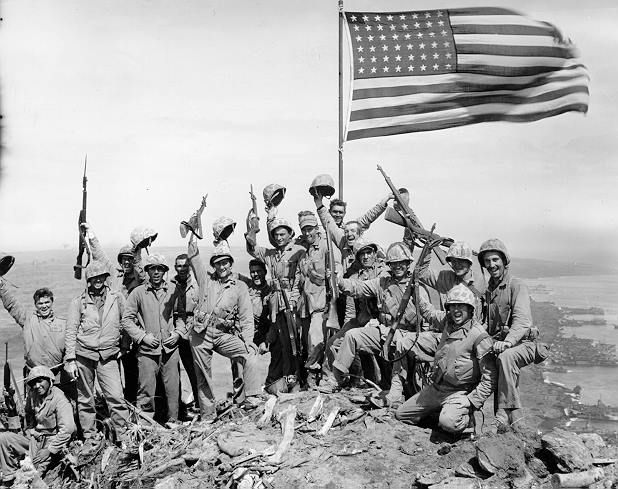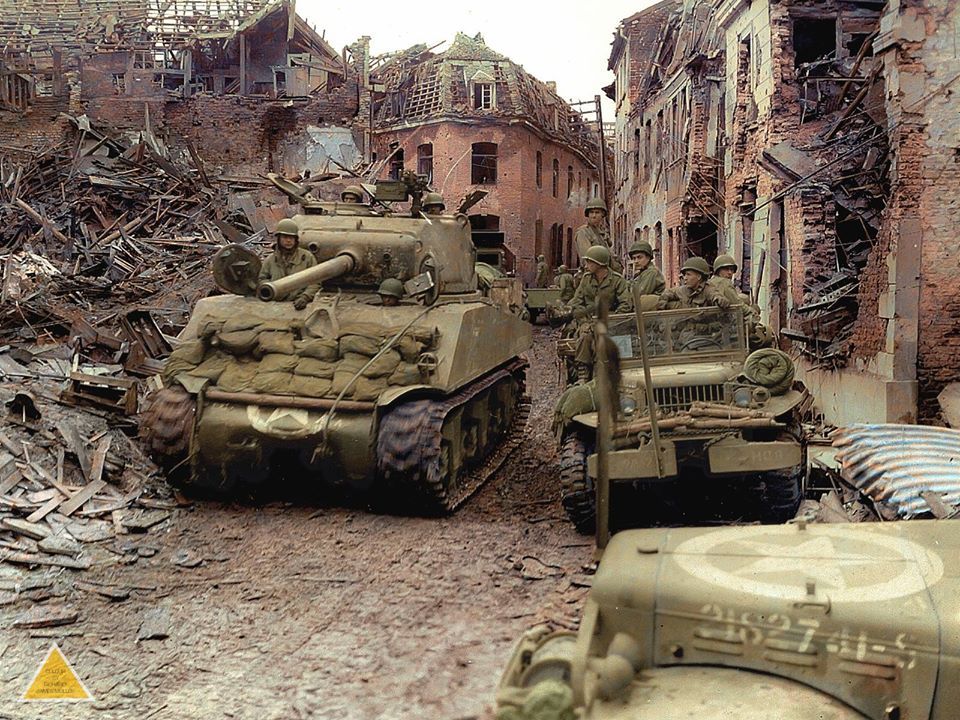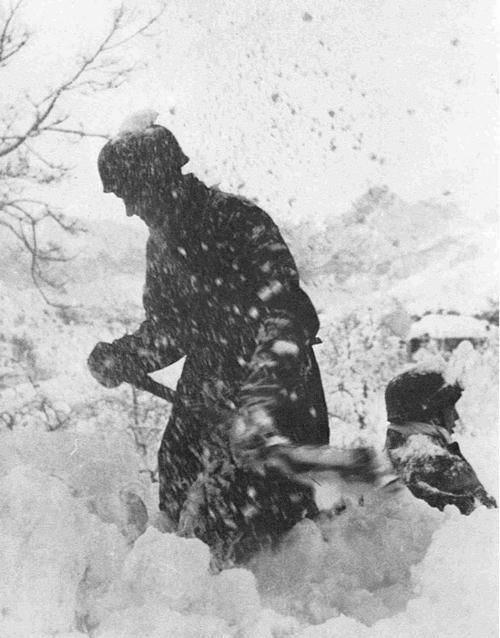N THIS DAY: 19 FEBRUARY 1945
The Battle of Iwo Jima began during WWII 75 years ago between US and Imperial Japanese forces on a tiny, isolated volcanic island in the Pacific Ocean .
Located 650 nautical miles south of Tokyo (1,200 km), Iwo Jima is just eight square miles (21 square km) in size but is part of the Japanese Volcano Islands. It was defended by 22,000 Japanese troops who had built formidable defences. It was targeted by the Americans who committed 110,308 military personnel to the invasion of the island. This included 17 aircraft carriers and 1,170 aircraft.
The invasion of Iwo Jima began at 8.30am on 19 February 1945 after a heavy bombardment but the US Marines encountered extremely stiff resistance on the volcanic beach. The increasingly overcrowded Marines became pinned down from artillery placed on Mount Suribachi as well as Japanese machine guns from inshore pillboxes. The Americans suffered 2,500 casualties on the first day and their efforts concentrated on taking Mount Suribachi, which was achieved on 23 February.
The Battle of Iwo Jima ultimately lasted for five weeks until the whole of the island was captured on 26 March 1945. It was one of the bloodiest clashes of the Pacific War with 20,000 of the 22,000-strong Japanese garrison being killed or declared missing. The Americans suffered 26,000 casualties with 6,821 being killed. The majority of those killed were US Marines who suffered twice as many fatalities on Iwo Jima as had been killed during WWI. 27 Medals of Honor were awarded to Marine and naval personnel, many of them posthumously.
Iwo Jima became one of the most of the famous battles in American military history and the sacrifice of the Marines is commemorated at the Marine Corps War Memorial at Arlington, Virginia.





















